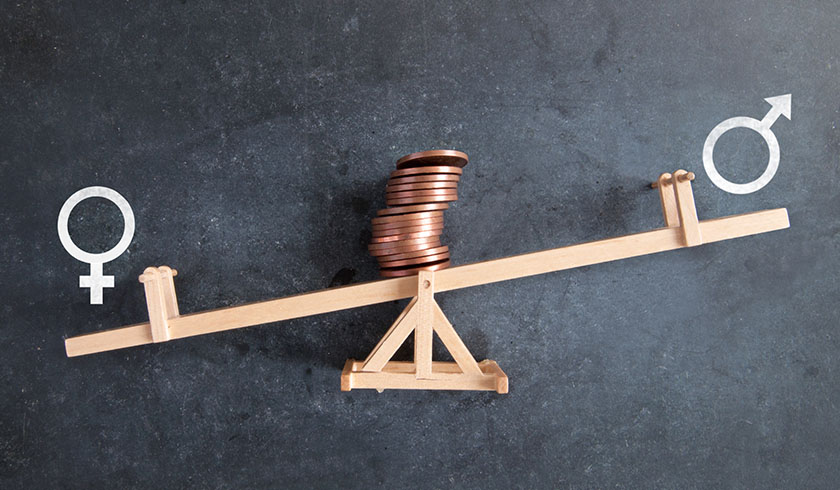Gender superannuation gap declines to 50%
Superannuation is becoming an increasingly important asset in households’ wealth portfolios, but a gap remains between males’ and females’ account balances, the recent HILDA survey found.

The Household, Income and Labour Dynamics in Australia (HILDA) Survey, conducted by the Melbourne Institute for Applied Economic and Social Responsibility at the University of Melbourne, revealed that superannuation makes up 84 per cent of the composition of household wealth in 2018. This is a significant increase from 76.8 per cent in 2002.
According to the report, this reflects the increases in the minimum contribution rate since the introduction of the superannuation guarantee in 1992, which started at 3 per cent of earnings, and was increased in steps over the subsequent 22 years to its current level of 9.5 per cent.
Further, it also speaks about the maturation of the system as more people have been contributing to superannuation funds for much of their working lives, as well as periodic policy changes, such as the Howard government’s decision in 2006 to exempt from income tax all superannuation earnings and drawdowns in retirement, thereby increasing incentives to increase superannuation holdings.
A key feature of the superannuation system, once mature, is that balances at retirement will be largely a reflection of lifetime earnings.
“This has raised concerns about the implications of the system for gender equity in the context of the gender wage gap and the propensity for women to reduce their extent of employment participation once they have children.
“This can make women more vulnerable in retirement, particularly in the event of marriage dissolution prior to retirement,” the report noted.
Closing gap
Despite the still existing gap, the HILDA survey found that the gender superannuation gap has consistently been closing from in the past decade.
According to survey results, for all age groups over 35 years of age, there has been considerable increase in the mean superannuation balance between 2002 and 2018, for both males and females. However, for males and females aged under 35, there has been very little change in the mean superannuation balance.
In all age groups other than the 15 to 24 age group, males have substantially higher mean superannuation balances than females in all years. However, the two figures suggest the gap between males and females has closed somewhat between 2002 and 2018, with females experiencing stronger growth in superannuation balances than males.
Single non-elderly males, for instance, saw a 24.5 per cent change within the same period, while single non-elderly females saw a 50.2 change. Similarly, single older males saw a 45.3 per cent increase, while single older females had a higher 70.5 per cent increase.
“The figure shows that, while there is still a substantial gender superannuation gap in 2018, it has reduced considerably since 2002 in all age groups other than the 35 to 44 age group.
“Overall, the gender gap has narrowed from 109 per cent in 2002 to 50 per cent in 2018,” the report said.
As of 2018, the median household wealth from superannuation for a single non-elderly male is at $207,345, and at $218,575 for a single non-elderly female.
For a single older male, the median household wealth from superannuation as of 2018 is at $503,325, while a single older female gets $562,980.
